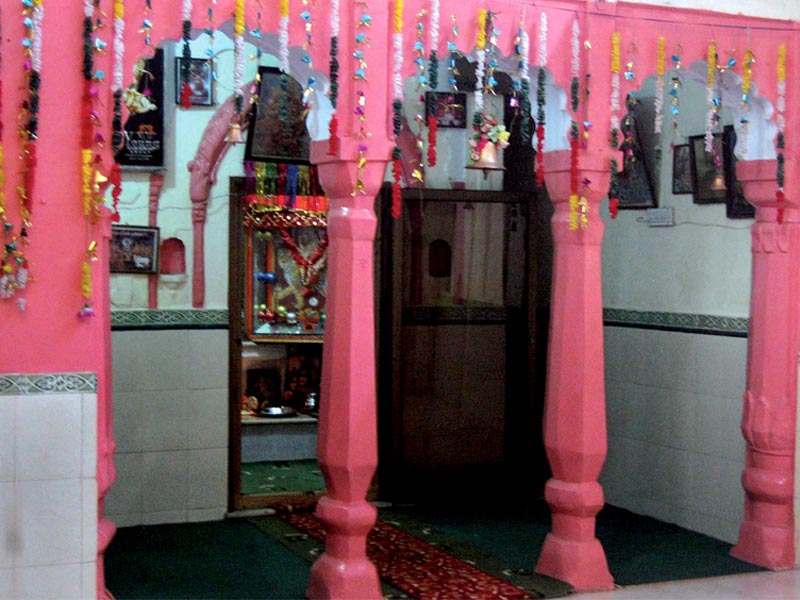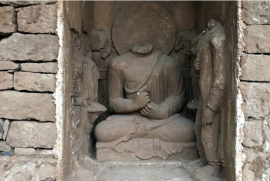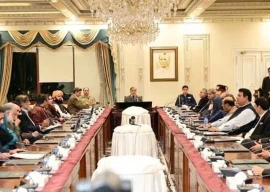
ETPB Chairman Sadiq-ul-Farooq submitted a report in a suo motu case, after the court on the last hearing, expressed its anger that the Punjab authorities were not providing idols in the Hindu temple, located in the Chakwal district.
The suo moto case pertained to drying up of the pond at the complex because of the subsoil water in the area was being used by nearby industrial plants.
Muslim trio guards Ram idol in Uttar Pradesh
The ETPB report says that despite request to the Hindu community, idols were not provided to the board for placing them in the temple. However, some devotees from India have promised to provide idols in February next year.
The report states that Hindu temples remain closed these days to avoid their desecration. The ETPB claims it is providing all necessary facilities to all devotees, coming from all over the world. A cement factory in the area has also been given seven days to fill the pond with water.
During the hearing, the three-judge bench, headed by Chief Justice Mian Saqib Nisar, sought details of the establishment of cement factories in the area and a report on the environmental impact of manufacturing in Zone B.
The bench observed that the “owners of the cement factories were playing with lives”. The chief justice remarked that the government sector was not merit-based but run by political-appointees.
“We are a part of the state,” he said. “We will not cross our circle of authority but when there is negligence on the part of the government, we will intervene.”
One of the applicants, Raja Waseem, told the court that the Punjab government had allotted mountains and a cemetery to the owners of cement factories. The court directed Waseem to submit a detailed report on this on the next hearing.
Earlier, the Environmental Protection Agency submitted a report, stating that cement plants in the area were major cause of depletion of groundwater, adding that most prominent out of these is a cement plant, which is situated merely two kilometres from the Sri Katas Raj Temple.
The report noted that the cement plant operate on dry process yet water was required for cooling towers and to meet the daily needs of around 2,000 employees. In order to meet its water requirements, the unit has 14 tubewells to extract 148m/hours of water.
It was also submitted that the main environmental problems related to the issue was the air pollution attributed to the cement plants working in Kahun Valley of Chakwal.
Police register blasphemy case over Hindu temple attack in Thatta
The deputy commissioner of Chakwal said that pond was fed through a natural spring, which like other natural springs, showed variations in its flows due to seasonal factors. As against 96 tube wells in the area in 2006 there were 186 tubewells now. Likewise excavation in around 86 coalmines that existed in the area, also makes the sites susceptible to water pouring from the earth capillaries.
The environmental agency claims that over the years with greater industrial pollution and massive destruction, there has been record decrease in annual rainfall, which has neither been able to replenish the pond nor recharge the subsoil water reservoirs, leading to drying up of the pond.




















1710998259-0/pti-(1)1710998259-0-270x192.webp)















1714370039-0/ojwilson-(1)1714370039-0-270x192.webp)
-(1)1714378140-0/AliAminMaryam-(4)-(1)1714378140-0-270x192.webp)








COMMENTS
Comments are moderated and generally will be posted if they are on-topic and not abusive.
For more information, please see our Comments FAQ